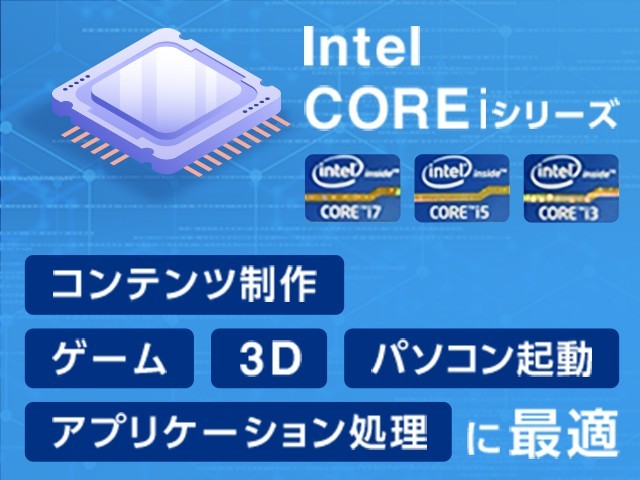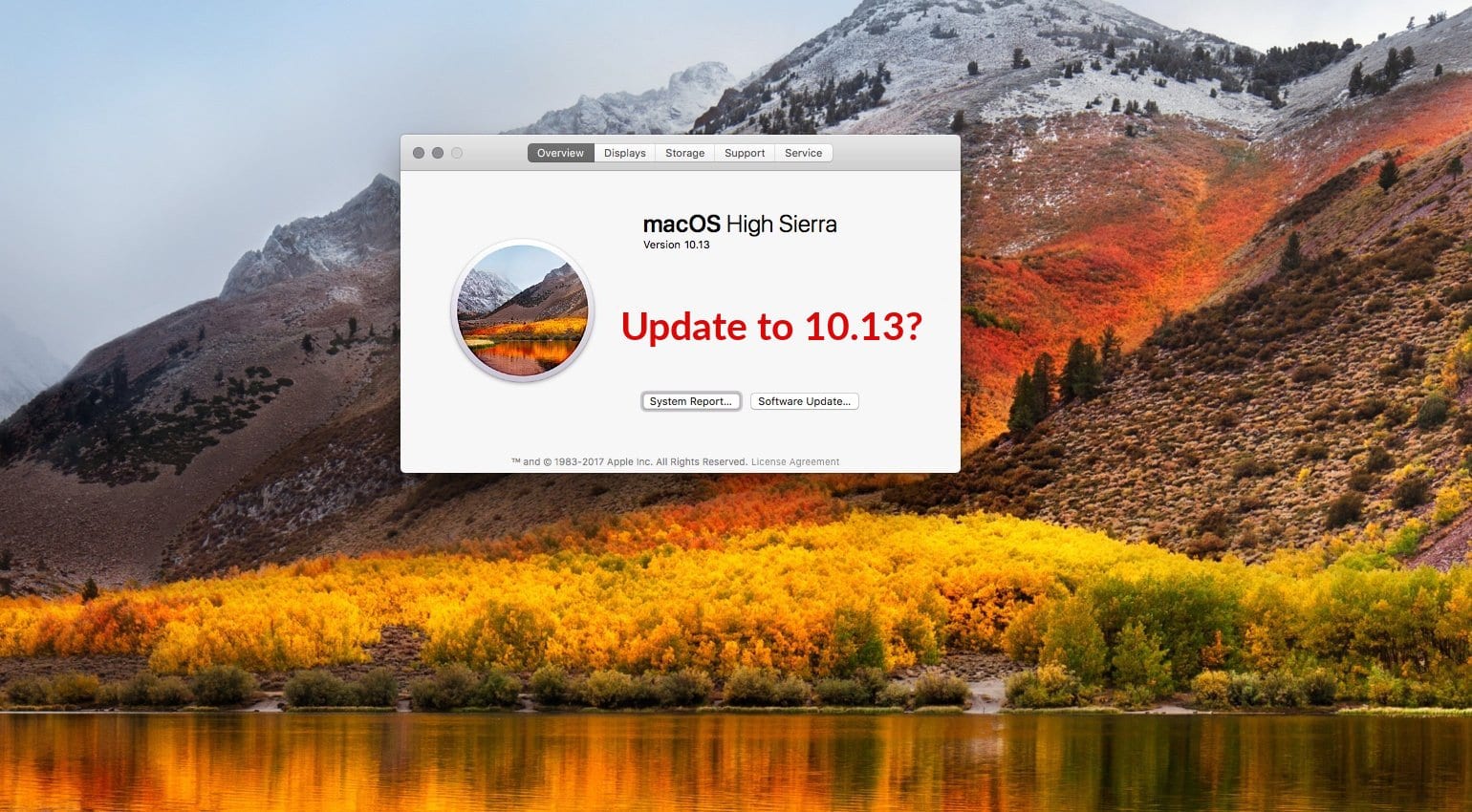

- #Macos high sierra 10.13 iso install
- #Macos high sierra 10.13 iso drivers
- #Macos high sierra 10.13 iso update
- #Macos high sierra 10.13 iso driver
Select the bootcamp 5 folder and if that doesn't have the driver search again but choose the bootcamp 4 folder. Choose that you want to browser for the driver and to search sub folders for the location.

#Macos high sierra 10.13 iso update
If you see any hardware with a ! next to it you can select it and choose to update the driver.
#Macos high sierra 10.13 iso drivers
The drivers for your Mac pro should be installed now but you can check the device manager under "this pc". Make sure you option boot and select windows to get to the Win10 install. after about 10 minutes bootcamp will be installed and you'll restart your computer. After you're in that folder you'll type msiexec /i bootcamp.msi and the bootcamp 5 installer will load. Change the directory to the C: drive then to the apple folder in bootcamp 5 driver folder.

In the search bar on the bottom of the task bar type "cmd" then right click the command prompt program that pops up and run as admin. However, some people report that they fail to find the macOS High Sierra download in App Store. In general, you can go to App Store to search and download macOS High Sierra installer.
#Macos high sierra 10.13 iso install
Copy the Bootcamp 4 and 5 driver folders to the C: drive on your Win10 install. If you want to install macOS High Sierra on your device, you should download macOS High Sierra installer first. The Win10 install should have generic drivers for the Mac Pro ethernet but if not you'll need to find a way to get the bootcamp drivers on your Windows install (download on your Mac install and copy to a flash drive formatted in FAT32 for example). Download the Bootcamp 4 and 5 drivers from apple. After 30 minutes or so you'll be at the Win10 welcome screen and will choose different configuration options then will boot to the desktop. Click format then the "next" button on the bottom left will be clickable and the installer will do its thing. Choose to make a new install (not upgrade) and select the partition you formatted as MS-DOS. In a few minutes the Win10 installer will load. Choose the picture of the disc that says Windows, not the one that says EFI. Start up and hold down option to get the boot options. Put the Win10 install DVD in your drive and shut down. Using disk utility make a partition on your hard drive for the Win10 install and format it as MS-DOS and master boot record. Download the Win10 64bit iso (must be 64bit) from microsoft directly and burn to a dual layer DVD (it's slightly too large to fit on a regular blank DVD). Here's what I did for my MacBook and iMac that aren't officially approved by Apple to run Win10: Bootcamp probably does something to the USB drive to get the Mac to recognize it but you can't use bootcamp to create a Win10 USB on High Sierra because it will say your Mac Pro isn't supported. Adems, esto alienta una nueva introduccin y un lado actualizado del software. Con el artculo, los usuarios pueden comprender fcilmente el proceso USB de arranque para instalar el instalador completo de macOS High Sierra 10.13. I tried a few different methods to create a Win10 USB drive installer but could never get different Macs to recognize it, but they recognize the blank DVD when I burned the Win10 ISO to it. Este artculo se centra ms en la parte del proceso de descarga de macOS High Sierra 10 en la plataforma ISO. If you don't have it, consider uninstalling previous PHP version or run reinstall instead.Windows 10 has to be installed on a partition formatted with NTFS (can format during the install). Or: find -L "$(brew -prefix -name pecl -o -name pear Or the specific version: brew install install find your pecl and pear commands, run: find -L "$(brew -prefix php)" -name pecl -o -name pear Here is the example installing PHP with the latest Homebrew: brew install php The pecl and pear commands should come along with PHP when installing via Homebrew. You shouldn't install binaries into system /usr, use /usr/local instead.


 0 kommentar(er)
0 kommentar(er)
